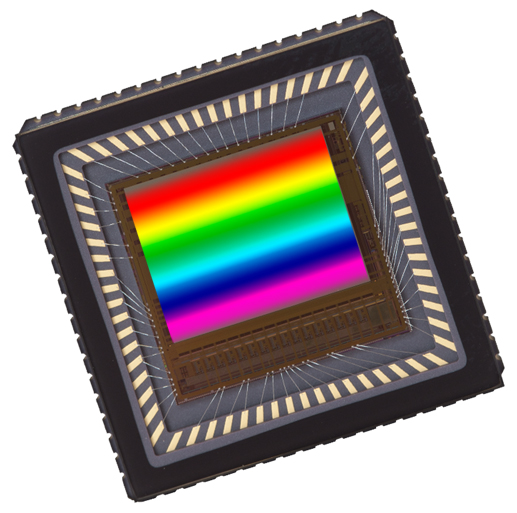Great explanation – make sure you click through the link and read the entire article!
CCD versus CMOS: Which is Better? – Diffraction Limited
We’re often asked whether CMOS or CCD sensors are better. The simple answer is, “it depends.”
Both types of sensors detect light the exact same way. An incoming photon hits an atom of silicon, which is a semiconductor. When this happens one of the electrons in the atom is boosted to a higher energy level (orbital), referred to as the conduction band. Silicon normally behaves like an insulator, so its electrons can’t move around. But once an electron is boosted up to the conduction band, it is freed to move around to other adjacent atoms, as if the silicon was a metal. What was an insulator becomes a conductor – this is why silicon is called a semiconductor. In optical sensors these now-mobile electrons are referred to as photoelectrons.
Both types of sensors use pixels. Pixels are simply a tiny square region of silicon, which collect and hold these photoelectrons. The usual analogy is an array of rain buckets in a field, each collecting rain water. If you want to know how much it rained in any part of the field, you just have to measure how full each bucket is. So far everything is the same for CCD and CMOS; it’s the measuring process where things are very different.

Leave a Reply